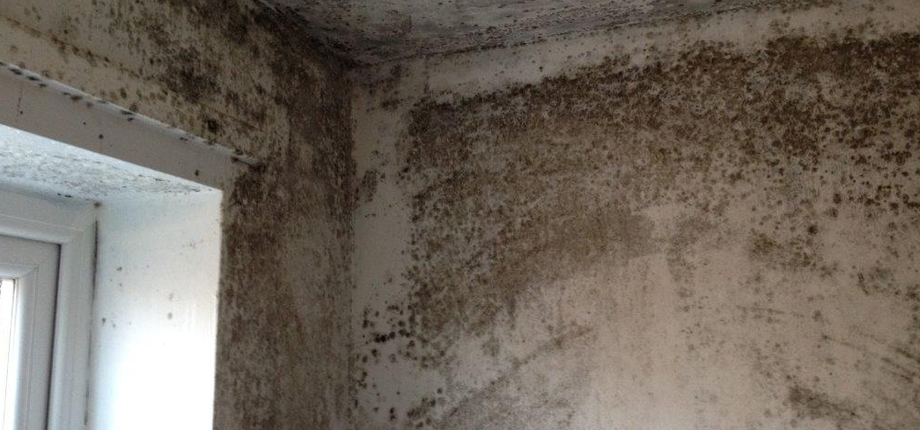The twin blight of condensation and mould causes damage to property and ill health for residents and can be an every-day problem for many housing association landlords. But the cycle can be broken. With expert advice landlords and residents can say good bye to condensation and mould for good. Jeremy Cleeter at mould and condensation control specialists, Airtech Environmental Systems, explains more.

Condensation and mould can wreak havoc. Not only does it create the need for redecoration, it can cause costly damage to the fabric of the building. Add to this the fact that it leads to poor indoor air quality (IAQ), which can have health consequences for households, and housing association landlords can have a serious problem on their hands.
Causes
As social housing becomes increasingly airtight to improve energy efficiency, more homes are being blighted by condensation and mould. Insufficient ventilation exacerbates the problem and as the weather cools, residents are more likely to keep windows closed, eliminating natural ventilation and allowing condensation to thrive. Other activities, such as drying wet clothes on radiators or piling items against external walls, also contributes to condensation by raising moisture levels in the air. And lack of heating due to fuel poverty is another contributor as warm air holds more moisture.
So with condensation and mould resulting in property damage and affecting resident’s health, what can be done?
The cure
The good news is that the cycle of condensation and mould can be broken with three simple steps, thus protecting both residents and housing stock.
1. Undertake a comprehensive property survey to identify the location and cause of the mould;
2. Carry out a thorough mould removal treatment to eradicate any mould;
3. Install adequate ventilation equipment to ensure condensation and mould won’t return with both a responsive and planned maintenance service.
This is a big task for a landlord to take on alone. Luckily there are mould and ventilation experts, such as Airtech Environmental Systems, that offer all of these services backed up by technical knowledge and experience.
Both responsive and planned maintenance can comprise of surveying; attending site meetings; property evaluation and treatment specification; as well as training seminars for technical officers and in-house surveyors. With responsive maintenance the process can also include installation of appropriate technology to remove condensation and mould; decorating where necessary; and resident aftercare support. Airtech also offers a unique 3 year warranty against the reappearance of mould with their data logging fans.
Companies such as Airtech offer landlords the correct solution for each individual property, including an installation service. This can range from Positive Input Ventilation (PIV) to environment sensing and data gathering bathroom and kitchen fans. PIV gently operates in the background introducing drier air into the home, displacing stale humid air and replacing it with fresh filtered air from outside. PIV is proven to reduce both condensation and mould. Landlords should look for PIV units, such as Airtech’s Air+ PIV, that offer high grade F7 filters to filter out harmful PM2.5 particles that cause respiratory and cardiovascular diseases. And Airtech’s unique datalogging fans record details of the home environment, such as humidity and temperature levels, to allow a landlord to clearly track the effects changing lifestyle habits have on a home environment.
Mould and condensation have proven to be an enduring problem for housing association landlords and their residents. But the latest ventilation technology coupled with a professional and knowledgeable maintenance programme, these issues that have blighted both residents’ homes and health can become a thing of the past and housing association landlords can break the cycle of condensation and mould for good.
Airtech are specialists in condensation and mould control solutions, born out of 30 years’ experience of helping improve the indoor environment in social housing. To find out more, visit www.airtechenvironmental.co.uk
- Log in to post comments















